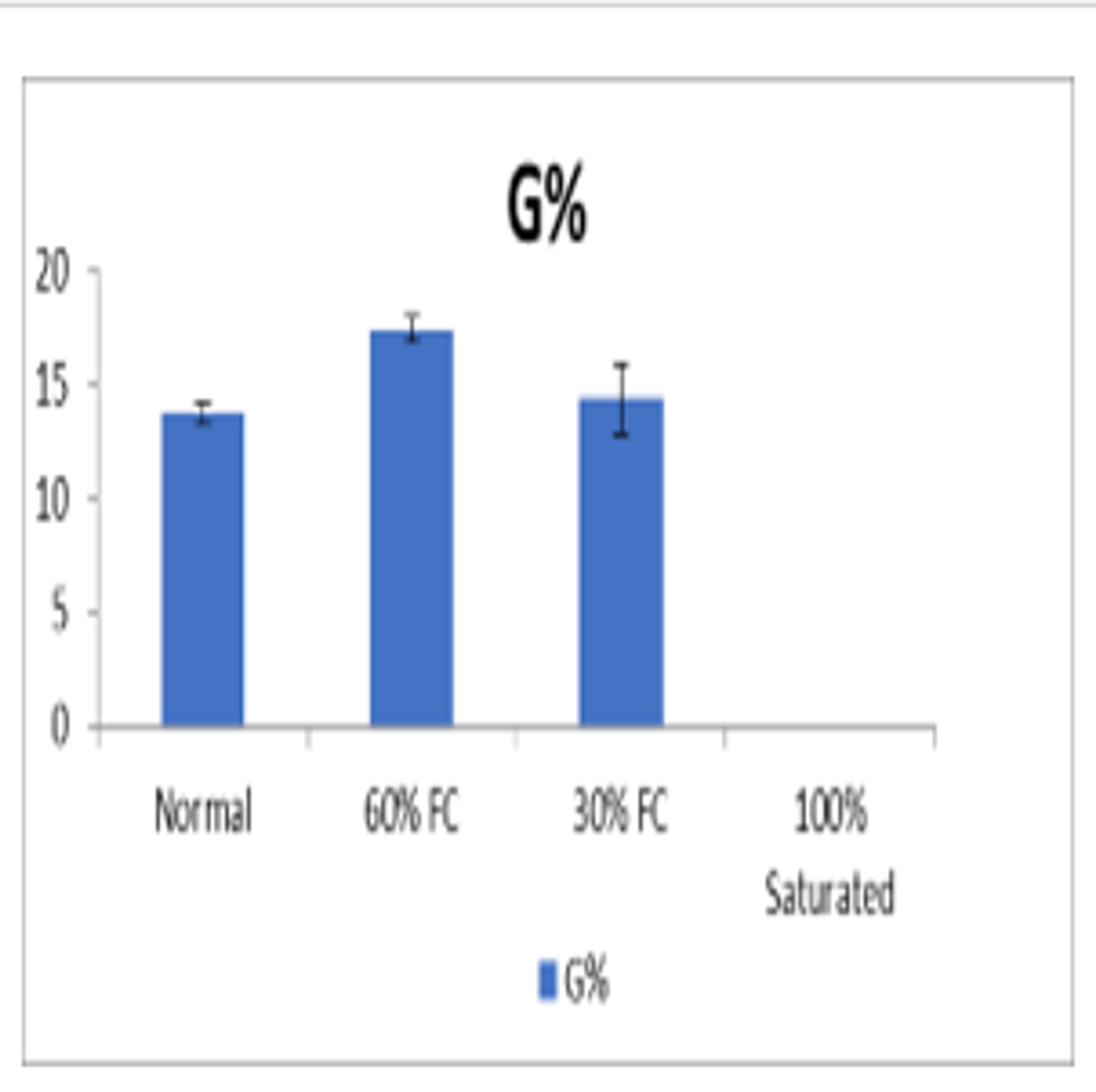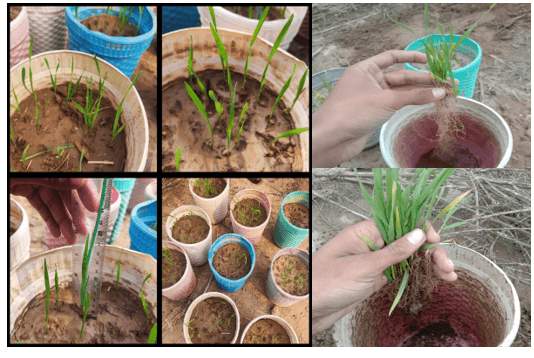A study on wheat germination and root-shoot growth in response to variable water levels in late sown wheat
Jan 1, 1970
-4 min read
Objectives
Objective 1: Determine the optimal water level for late sown wheat germination.
Objective 2: Assess the influence of water levels on early growth stages in late sown wheat crop.
Objective 3: Explore the impact of water levels on root and shoot development in late sown wheat.
Objective 4: Investigate the influence of water levels on overall plant biomass.
Objective 5: Assess the impact of water levels on reproductive success.
Methodology
The experiment was conducted on December 13, 2023 at Agronomy farm university of agriculture Faisalabad. 31 N, 73 E. the climate of Faisalabad is semi-arid with low annual rainfall 200-350ml and the soil of the agronomy farm is sandy loam with low field capacity and well aerated soil.
It was a pot experiment in completely randomized design having four different treatments each treatment was repeated three times. Pots were filled with 5000 g well prepared soil. As the treatments were different level of water the field capacity was calculated of the soil before seed sowing using gravimetric method of soil water content determination. The treatments were as 100% percent saturation, 100% field capacity, 60% of field capacity and 30% of field capacity. After ensuring proper design 20 healthy seeds of improved wheat variety Akbar-19 were sown in each pot no of seeds were kept more because from day 1st the destructive sampling was started for counting the parameters. Germination, seedling establishment, shoot length, root length and leaf area were taken as growth parameters and calculated periodically and analyzed by using software statistix 8.1.

Results
Optimum moisture and temperature are key requirements for seed germination and seedling establishment of wheat crop. In case of normal sowing time of wheat the well germination percentage is achieved at F.C that is taken as controlled in this experiment but this data is taken from late sown wheat crop that is showing that as the sowing of wheat will be late due to any of reasons due to temperature regimes the germination and seedling establishment of wheat crop will be altered.as it can be seen in the figure that the seed germination and stand establishment in the controlled treatment is less than the other lower level of irrigation that isindicated in the treatments as T1

Variation in shoot length was also noticed among the treatments that are shown in the figures given below.

Figures elaborate the effect of water levels on early growth rate of late sown wheat. The late sown wheat crop seems to be more responsive to low water levels than the high levels. In very early stage the growth the shoot length was in favor of the very low level (T2) of water that can be seen in figure. 1. Later on there was a more shoot length under the influence of mild low water level (T1), that can be seen in figure (2 and 3).
Conclusion of Experiment
Data was collected and summarized for determining the most suitable water level for optimum growth rate of late sown wheat crop. Different levels of water are showing various impacts on early growth and stand establishment of late-sown wheat crop. Two parameters are mentioned and described in the report thar are reflecting the impact of different water levels on late-sown wheat crop. A Comparison between the controlled level and other low levels of water application shows that if the wheat sowing is delayed due to any of reason low to medium water level seem to be more beneficial for early shoot length and stand establishment.

